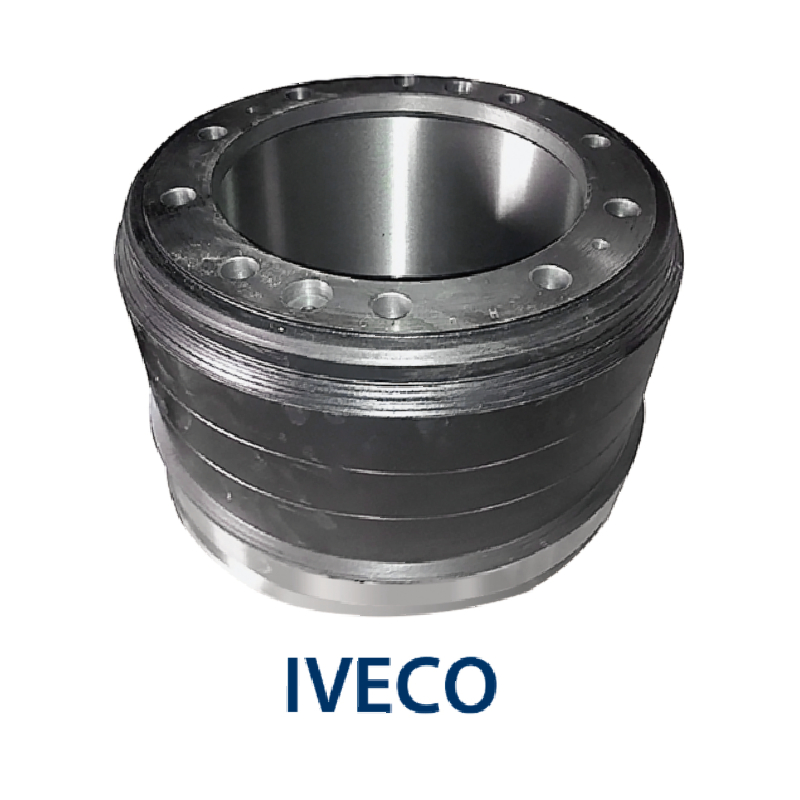Oct . 05, 2024 12:16 Back to list
brake drum parts names
Understanding Brake Drum Parts A Comprehensive Guide
Brake drums are a crucial component of a vehicle's braking system, especially in older or heavier vehicles that utilize drum brakes instead of disc brakes. These systems operate by creating friction, which slows down or stops the wheel from turning. Understanding the various parts that make up a brake drum system is essential for vehicle maintenance, safety, and performance. In this article, we will explore the key components of brake drums and their functions.
1. Brake Drum
The brake drum is the primary component that houses the braking mechanism. It’s a cylindrical piece typically made from cast iron or steel, designed to withstand high temperatures and friction. When the brakes are applied, the brake shoes press against the inner surface of the drum, creating the necessary friction that slows the vehicle down.
2. Brake Shoes
Brake shoes are the components that press against the brake drum to create friction. They are lined with friction material (often made of composite materials) and are usually arc-shaped to match the inner contour of the drum. When the brake pedal is engaged, hydraulic pressure forces the shoes outward against the drum. As the shoes wear down, they need to be replaced to maintain effective braking performance.
3. Wheel Cylinder
The wheel cylinder is a crucial hydraulic component that operates the brake shoes. It contains pistons that move outward when hydraulic fluid is applied from the master cylinder. This movement pushes the brake shoes against the drum. Ensuring the wheel cylinder is in good working condition is essential, as any leaks or malfunctions can lead to diminished braking capability.
4. Return Springs
Return springs play an essential role in the brake system by pulling the brake shoes back to their original position when the brakes are released. They ensure that the shoes do not remain in contact with the drum, which could cause excessive wear and overheating. These springs must be strong enough to withstand the constant movement while also allowing the shoes to appropriately retract.
5. Adjuster Assembly
The adjuster assembly is responsible for maintaining the correct distance between the brake shoes and the drum. Over time, as the brake shoes wear down, they need to be adjusted to ensure they remain effective. This mechanism usually includes a threaded rod and a sprocket wheel that automatically adjusts the position of the shoes as they wear, ensuring optimal performance.
brake drum parts names

6. Dust Shield
The dust shield is a protective cover found behind the brake drum. It serves to protect critical components from dust, debris, and moisture, which can contribute to wear and corrosion. Keeping the dust shield intact is important for the longevity and performance of the brake system, as it prevents contaminants from entering and causing damage.
7. Brake Drum Hardware Kit
A brake drum hardware kit includes various small components such as springs, retainers, and clips needed to secure the brake shoes and maintain their functionality. While often overlooked, these hardware components are vital for ensuring the brake shoes operate effectively and safely.
8. Brake Drum Ventilation
Some modern brake drums are designed with ventilation features to help dissipate heat generated during braking. Excessive heat can lead to brake fade, where the brakes lose effectiveness. Ventilated drum designs allow for better air circulation, helping to maintain optimum temperature levels and improve performance under heavy usage.
Maintenance Tips
Understanding the components of a brake drum is only the first step; regular maintenance is equally important. Here are some tips to ensure your brake drum system remains effective
- Regular Inspections Check the condition of brake shoes, drums, and hardware regularly. - Replace Worn Parts As wear indicators become apparent, replace worn brake shoes and other components promptly. - Keep Them Clean Regularly clean the brake drum and components to remove dust and debris. - Brake Adjustment Ensure the brake shoes are properly adjusted to maintain the correct gap with the drum.
Conclusion
A thorough understanding of brake drum parts is essential for anyone looking to maintain their vehicle's braking system effectively. Each component plays a significant role in ensuring that your vehicle can stop safely and efficiently. Regular maintenance of these parts not only enhances performance but also ensures the safety of the vehicle and its occupants. Whether you are a DIY enthusiast or rely on a mechanic, knowledge of these components can help you make informed decisions about your vehicle's brake system.
-
Scania Brake Drums: OEM Quality for Optimal Safety & Durability
NewsAug.16,2025
-
R.V.I: Advanced Remote Visual Inspection for Precision
NewsAug.15,2025
-
Discover HYUNDA: Innovative Vehicles, Equipment & Solutions
NewsAug.14,2025
-
R.V.I: Unlock Advanced Insights & Real-time Performance
NewsAug.13,2025
-
Kamaz Brake Drum: Durable & Reliable for Heavy Duty Trucks
NewsAug.12,2025
-
Heavy Duty Iveco Brake Drum - Premium Quality & Safety
NewsAug.11,2025
